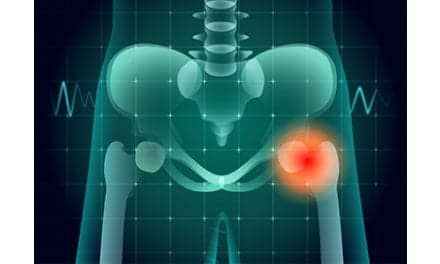A study in India led by the Barcelona Institute for Global Health (ISGlobal), an institution supported by “la Caixa,” suggests the possibility of an association between exposure to air pollution and poor bone health and osteoporosis.
In the study, performed by the CHAI Project, led by ISGlobal and published in JAMA Network Open, researchers analyzed the association between air pollution and bone health in more than 3,700 people from 28 villages outside the city of Hyberabad, in southern India.
Using a locally developed model, they estimated outdoor exposure at residence to air pollution by fine particulate matter (suspended particles with a diameter of 2.5 μm or less) and black carbon. The participants also completed a questionnaire regarding the type of fuel they used for cooking.
They then linked this information with bone health assessed using dual-energy x-ray absorptiometry–a type of radiology designed to measure bone density–and measured bone mass at the lumbar spine and the left hip.
The results suggest that exposure to ambient air pollution, particularly to fine particles, was associated with lower levels of bone mass. No correlation was found with use of biomass fuel for cooking, according to a media release from Barcelona Institute for Global Health.
“This study contributes to the limited and inconclusive literature on air pollution and bone health,” explains Otavio T. Ranzani, ISGlobal researcher and first author of the study.
Regarding the possible mechanisms underlying this association, he says, “inhalation of polluting particles could lead to bone mass loss through the oxidative stress and inflammation caused by air pollution.”
Annual average exposure to ambient PM2.5 was 32.8 μg/m3, far above the maximum levels recommended by the World Health Organization (10 μg/m3). 58% of participants used biomass fuel for cooking.
“Our findings add to a growing body of evidence that indicates that particulate air pollution is relevant for bone health across a wide range of air pollution levels, including levels found in high income and low-and medium income countries” says Cathryn Tonne, coordinator of the study and of the CHAI project,” in the release.
[Source(s): Barcelona Institute for Global Health, EurekAlert]





